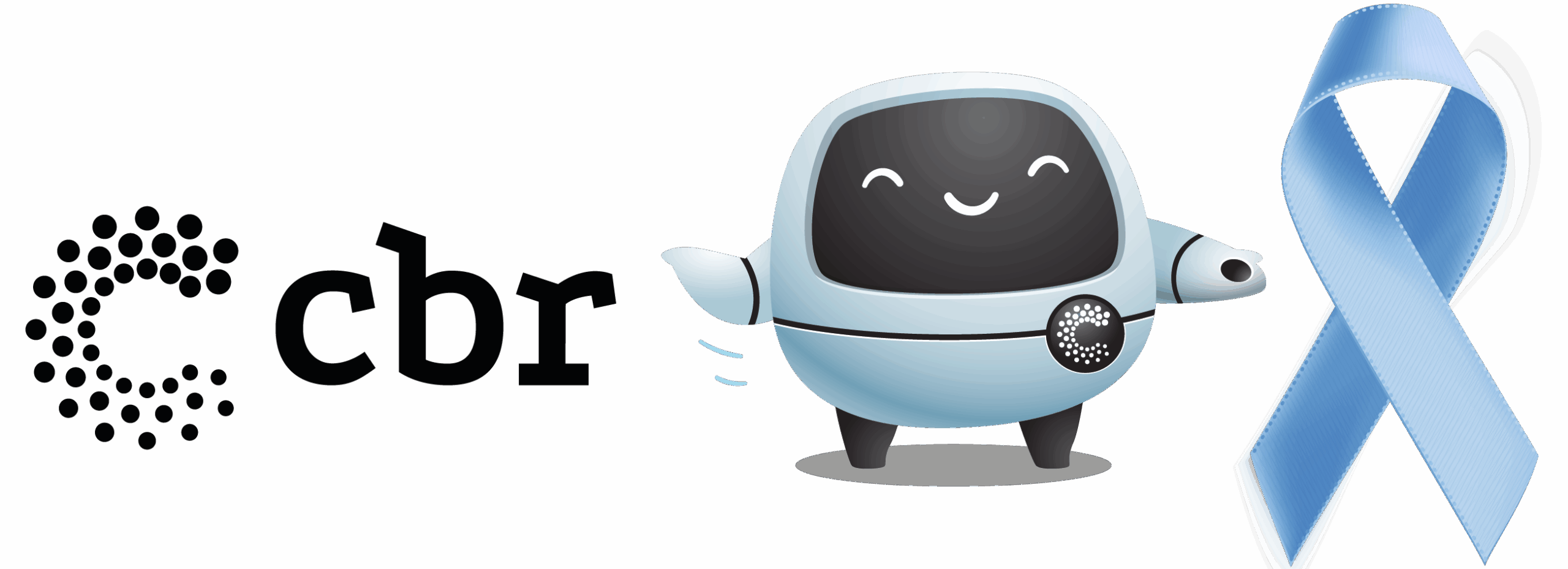
Theme about the controversial use of lead shields in patients, in a discussion that impacts the daily clinical activity of radiologists discussed by the American Association of Medical Physics, American College of Radiology (ACR), RSNA and other societies (AAPM, 2019; Strax R., 2021). Important focus of relevant studies emphasizing that the use of lead shielding, especially in the exposure field, can increase radiation exposure to the patient, being less efficient than beam optimization and collimation.
Historically, the use of gonad protectors was introduced into medical practice in the 1970s, when it was believed that there was a risk to the patient's reproductive cells. However, for the risk of infertility to occur, the radiation dose must be 100 times greater than that of a radiological examination. For example, a pelvic radiograph may correspond to 0.8 mGy for an adolescent boy, and permanent sterility does not occur with a dose lower than 3500 MGy (AAPM,2019, Image Wiselyâ,2021). The same occurs for female adolescents, highlighting the different positions of the ovaries, and fertility is not affected at a dose lower than 2500mGy (AAPM, 2019, Image Wiselyâ, 2021).
Regarding pregnant women, the American College of Obstetrics and Gynecology made a recommendation, stating that, except in a few situations, radiographs and CT scans where the fetus is located outside the field of exposure, the dose to the fetus is less than 1 mGy, being the same as natural radiation (Brench, RL 2013; AAPM, 2019).
Another reason to question the benefit of lead protectors would be their influence on the automatic exposure modulator when located in the exposure field, since, due to their high atomic number, they can increase the numerical magnitude of the radiation dose, in addition to interfering with the anatomical evaluation. of the region studied and on image quality, which is currently considered harmful by some authors and international institutions (Marsh RM, 2019). The International Atomic Energy Agency (IAEA) reinforces the recommendations (IAEA, 2018) in the Specific Safety Guide SSG-46 (2018) document.
Current recommendations mention the importance of using technological resources to reduce the dose, optimize the dose of radiological exams, use collimation and reduce the exposure field with greater benefit for the patient, whether a child or pregnant woman (Image Wiselyâ, 2021). For communication with the patient on the subject, it is suggested to focus on the modernization of equipment and application of radiological protection programs at the institution, with the training of the technical team on the new recommendations being important (Straux, R., 2021).
Use the dose reduction features of the radiology exams you oversee as a radiologist! The dose must be justifiable!
The use of personal protective equipment for workers exposed to radiation remains recommended!
The Radiological Protection Commission is at your disposal!
FREQUENTLY ASKED QUESTIONS (FAQ):
Should I stop using the gonad lead protector in pediatric patients?
The use of gonad protectors was introduced into medical practice in the 1970s, when it was believed that there was a risk to the patient's reproductive cells. However, recent studies indicate that for the risk of infertility to occur, the radiation dose must be 100 times greater than that of a radiological examination. There is no evidence that radiation in medical imaging causes damage to reproductive cells. However, there is evidence of the benefit of optimizing exams, collimation and reducing the extent of the exposure field (AAPM, 2019, Image Wiselyâ, 2021).
Shouldn't we use a lead shield in patients in general?
The lead protector can cover important anatomical regions to be analyzed for the diagnosis and promote a worsening of the technical quality, reducing the accuracy. In addition, it may cause an increase in the patient's dose due to its high atomic number, in the case of dose modulator resources. Researches show that the reduction of the protector is not relevant, being relevant the reduction of the dose with the optimization of the exams, collimation and reduction of the extension of the exposure field (AAPM, 2019, Image Wiselyâ, 2021).
Should I not use more lead protector in pregnant women?
Regarding pregnant women, the American College of Obstetrics and Gynecology made a recommendation, stating that, except in a few situations, radiographs and CT scans where the fetus is located outside the field of exposure, the dose to the fetus is less than 1 mGy, being the same as natural radiation (Brench, RL 2013; AAPM, 2019). Research shows relevant dose reduction with the optimization of exams, collimation and reduction of the exposure field extension (AAPM, 2019, Image Wiselyâ, 2021).
References:
American Association of Physicists in Medicine. Patient Gonadal and Fetal Shielding in Diagnostic Imaging Frequently Asked Questions. 2019. Available at https://www.aapm.org/org/policies/documents/CARES_FAQs_Patient_Shielding.pdf
Brent RL, Frush DP, Harms, et al. (2013). Preconception and Prenatal Radiation Exposure: Health Effects and Protective Guidance Recommendations of the National Council on Radiation Protection and Measurements.
International Atomic Energy Agency (IAEA). 2018. Radiation Protection and Safety in Medical Uses of Ionizing Radiation. Specific Safety Guide SSG-46. Available at: http://www-ns.iaea.org/standards/
MarshRM; Silosky M. Patient shielding in diagnostic imaging: discontinuing a legacy practice. AJR Am J Roentgenol. 2019; 212: 755-757.
Straux, R., Molina E. Discussing X-Ray Shielding With Patients: First Do No Harm.
Journal of the American College of Radiology, 2021.




